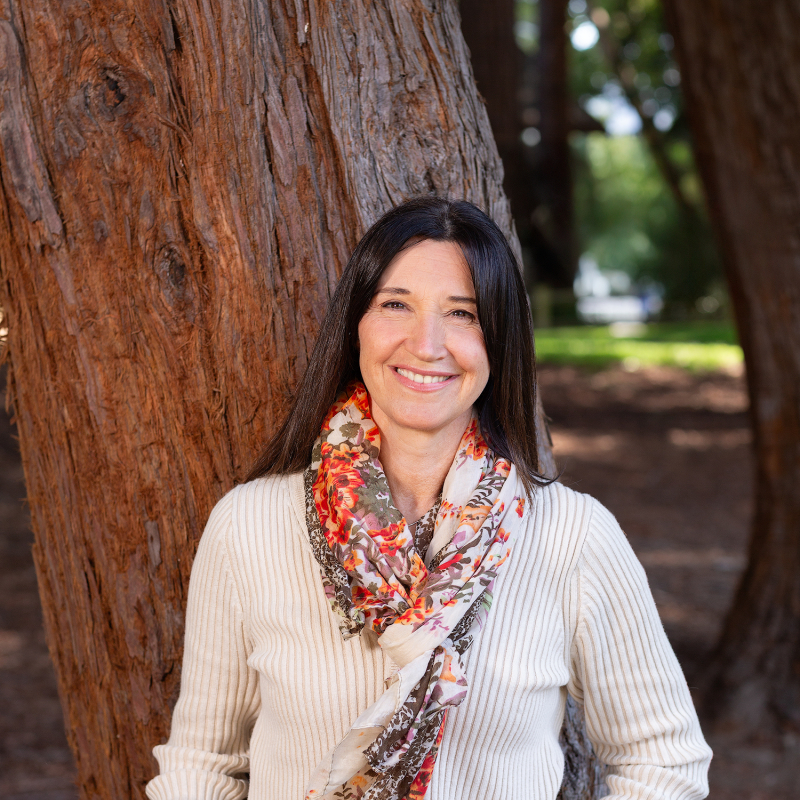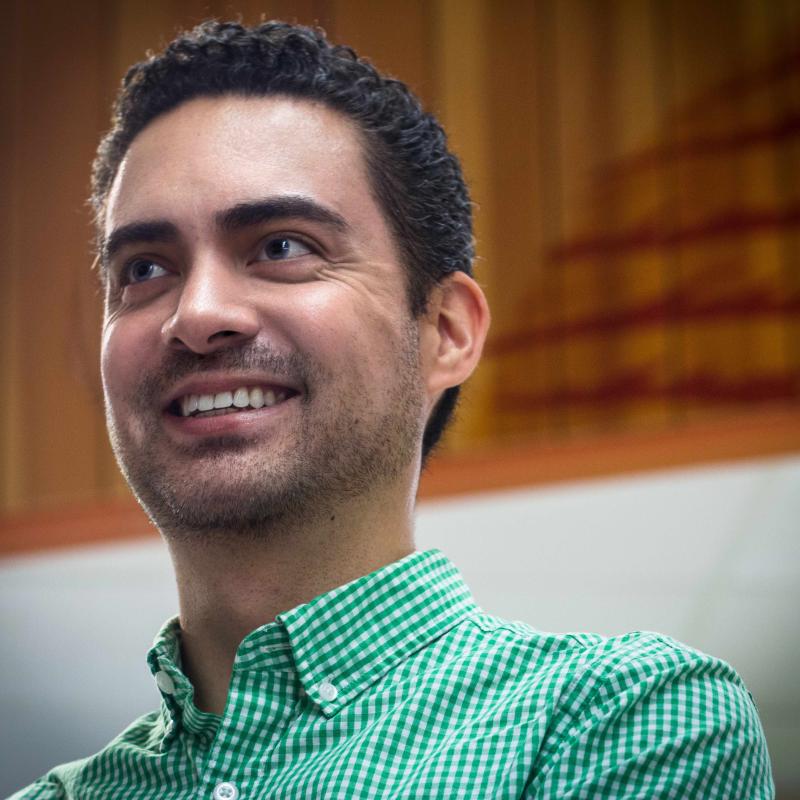
Laura Evans
An equitable math lesson, according to Laura Evans, MA ’97, includes a creative problem-solving opportunity with a “low floor and high ceiling.” In other words, all students can access and move forward in the task, and those who wish can push beyond to a more complex understanding.
Examples Evans has seen or taught over the years: Guiding students in trying to judge how big a spoon would need to be to catch the chocolate syrup from an extra-large novelty Hershey’s bottle; testing how many pennies Madagascar hissing cockroaches can pull while tethered with dental floss, and comparing that to the weight a person can pull; and creating geometrical shapes that represent the students’ personal identities.
Evans, who has taught in K-12 schools throughout her career and coached fellow teachers along the way, says she was always particularly drawn to the thinking of students who appear disengaged or marginalized.
Her time as a master’s student in the Stanford Teacher Education Program (STEP) and her continued involvement there—as a supervising or cooperating teacher and as a lecturer—helped her understand how to reach those students and how to help other teachers do the same. Evans is one of three recipients of the GSE’s Alumni Excellence in Education Award this year, which will be presented at a ceremony during Reunion Homecoming Weekend on Oct. 17.
One accomplishment: Helping lead the San Mateo-Foster City School District’s efforts to dismantle a system that sorted students into advanced math or on-track math. The system was problematic: Only a very narrow group of students was able to test into advanced math, and even students who enjoyed math didn’t always enjoy the advanced track.
“Just because you like math doesn’t mean you want to do it fast,” says Evans, now a teacher at Hillsdale High School in San Mateo.
Today, students in the district can either test into taking 8th grade math early or choose to take two math periods in 8th grade, allowing both sets of students to take algebra in middle school. Among the positive results: higher test scores and double Latinx enrollment in algebra.
Conversation-based activities and collaborative projects—not traditional “drill and kill” instruction—are ideal for letting students reach their full potential no matter what that is, Evans says.
“Things don’t have to be as they were, and when they are not as they were, it truly opens up equity to all,” she says.
Photo: Herve Philippe | Words: Rebecca Beyer



